COVID-19 uncertainty continues for Northeast Ohio celebrations – but there’s a more positive outlook for the coming season
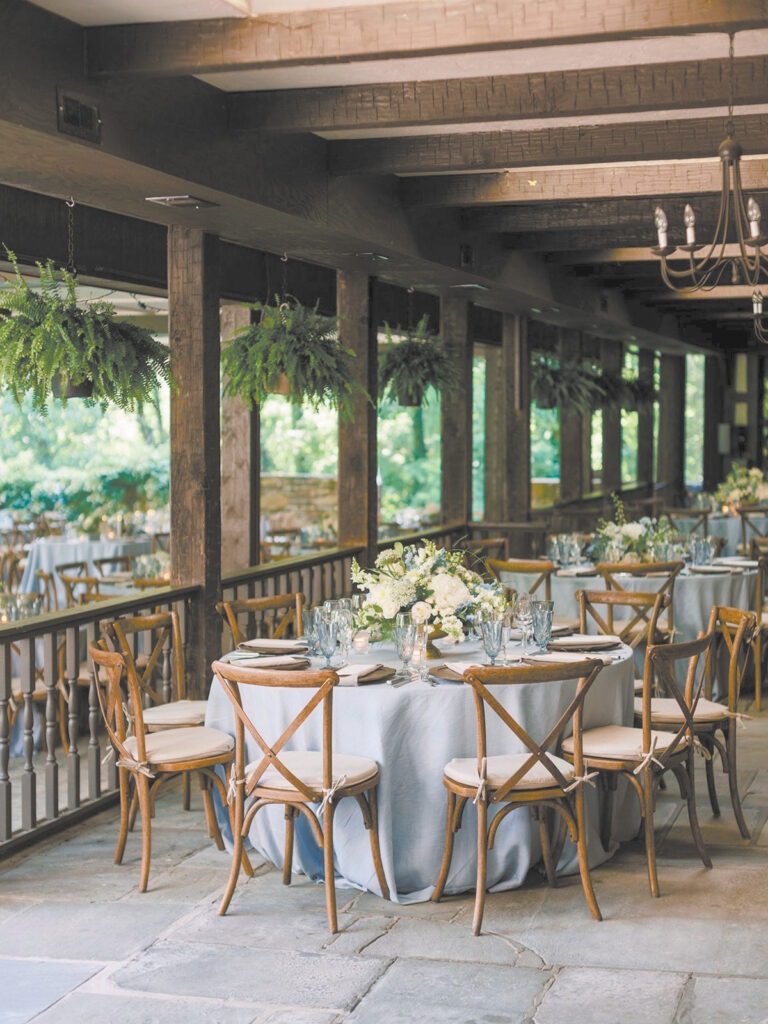
By Jane Kaufman
To hug or not to hug?
Should the guest list be large or small?
Should the simcha be outdoors or indoors?
Should guests be quizzed about their vaccination status or show proof of it?
Should they be asked to perform rapid tests with a quick swab?
Couples planning weddings and families planning b’nai mitzvahs have been grappling with these very questions – and many more related to planning a social gathering during a pandemic – for the past two years.
Some have decided to postpone their simcha in hopes it could be held more safely in the future.
But when?

“I think we’re at a point now where even the CDC recognizes that we’re in a mask-optional type of world indoors,” Dr. Shelly Senders, founder and CEO of Senders Pediatrics in South Euclid, told Celebrations in late February. “The incidence of COVID infections is way down. The number of hospitalizations are also way down. And the number of beds devoted to COVID-19 is minuscule. This suggests that Purim, Passover and Shavuot will be relatively normal days of celebration and that we will be able to go back to normal b’nai mitzvah and weddings in the near future.”
In addition, noting that ventilation and air flow offer protection against the spread of COVID-19 and other viral illnesses, Senders says, “I think outdoor events are always going to be preferable, but indoor events with high ceilings are helpful.”
And with the constant health and safety changes during the pandemic, those in the events industry explain that in many ways, it’s a new world to which we are still adjusting.
In fact, Ryan Harmon, director of business development and sales at Lasting Impressions Event Rentals in Bedford Heights, says he became a certified pandemic compliance adviser. To become certified, he took a 10-hour course that covered aspects of planning, from contact tracing to strategies for safely transporting travelers from the airport to an event.

During the intense delta and omicron variant phases of the pandemic, Harmon says some of his clients hired pandemic advisers to help coordinate details that would ordinarily fall to guests and to compile what he calls a “master book” in case of an outbreak and the need for contact tracing.
“You’re basically just the point of contact and you have the plan in place. You weren’t there necessarily to police people to wear a mask,” Harmon says. “You’re on site to help navigate protocols and assist with data capture from each attendee in the event of an outbreak.”
Senders says it’s unlikely that these protocols will be necessary in this period of waning COVID-19 spread.
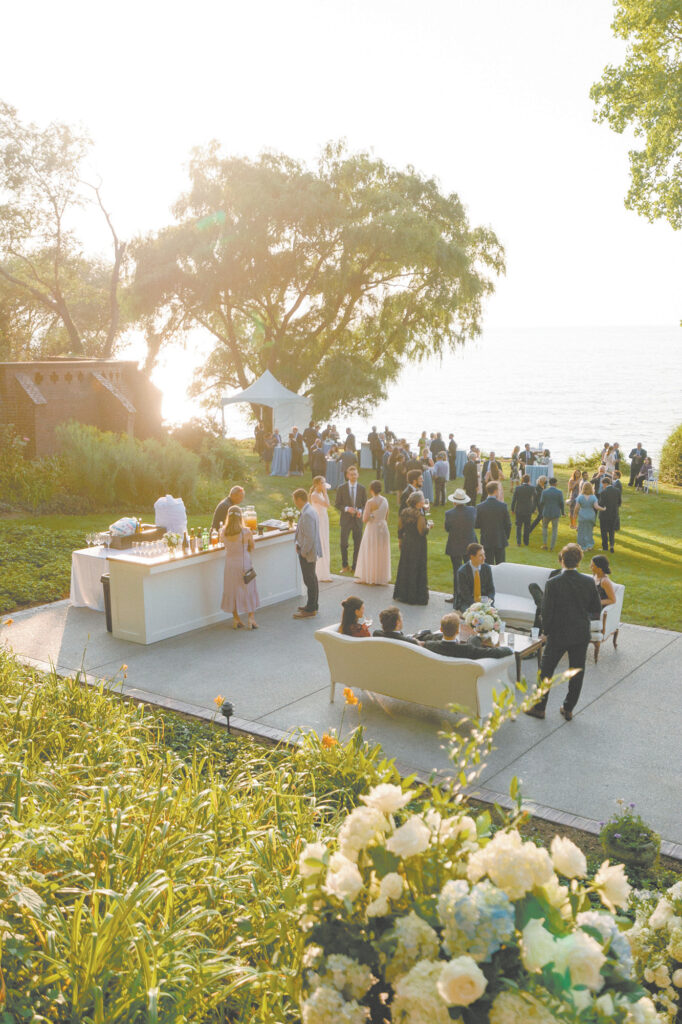
COVID-19 precautions continue
In addition to the china, linens, glassware, flatware, tables and chairs that Harmon’s company typically rents out, his business recently purchased and now rents out hydroxyl generators.
“They’re NASA certified, and they basically purify the air, odors, against airborne illnesses. Obviously, COVID falls into that category,” Harmon says.
At a more personal level, he says he’s attended weddings where color-coded wristbands were offered to guests indicating their comfort with distance and touch. In fact, he’s seen that same sort of indicator be used as a keepsake from the simcha.
Based on the red, yellow and green used in traffic lights, the wristbands offer guests a bit of shorthand in how to comfortably connect with one other. A green wristband would indicate the highest comfort level with physical touch, yellow would indicate more caution, and red the most distance.
Harmon recommends offering wipes and hand sanitizer to guests as well as thinking about what requirements to make of the vendors, specifically regarding masking.
“That is something that will make your guests feel more comfortable, something to consider as well,” he says. “Small things like that I think have a huge impact on people’s mindset, and I think people’s level of comfort.”
Senders says these kinds of precautions may no longer be necessary for COVID-19, but are intriguing options to prevent the spread of general viral illnesses in large events.
As outdoor venue spaces are limited, Harmon says the number of home-based, backyard events has “probably tripled” during the pandemic, including for weddings and b’nai mitzvahs.
“I think people are ready to gather and people are willing to spend that extra bit of money so they can be in control,” he says. “And again, get that peace of mind that you are outdoors and you are able to socially distance.”
Harmon also notes something that other event planners are seeing as a new offering, what he calls “vignette areas – where people can escape from being in the thick of it,” even in outdoor settings.
‘Week-by-week situation’
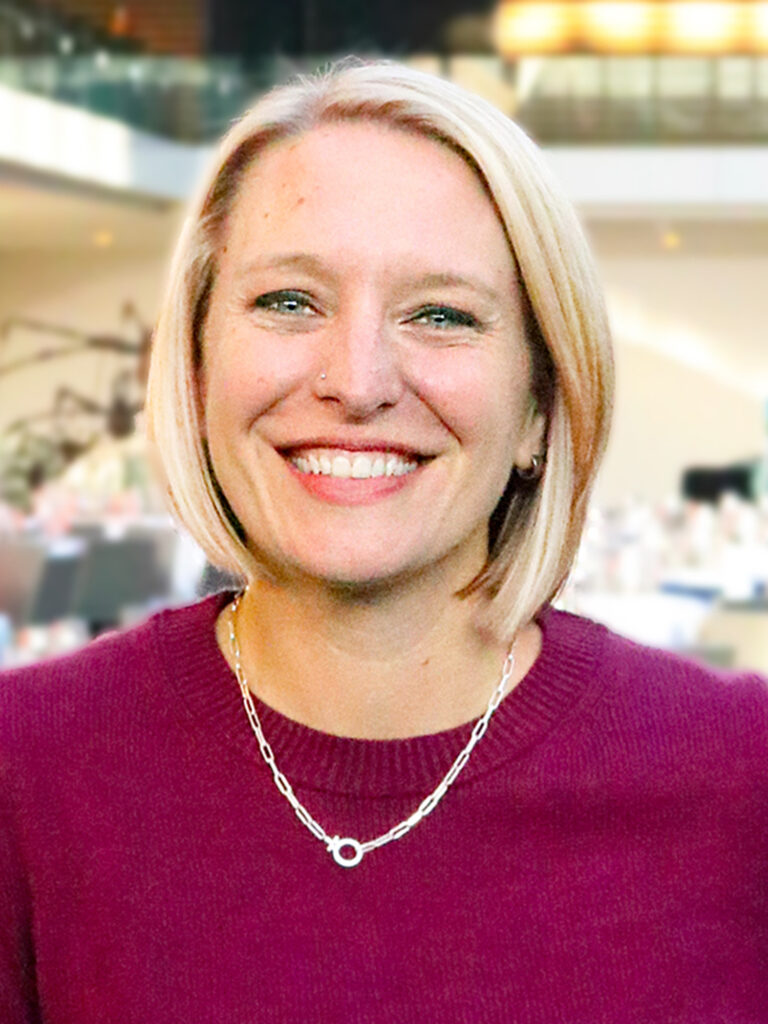
Rachel Rosen is director of catering sales for Bon Appetit Management Company, the exclusive caterer at the Cleveland Museum of Art.
The museum’s venue space is the multi-story atrium near the main entrance of the building. It also has an outdoor space for ceremonial use.
“It’s kind of a week-by-week situation,” Rosen says. “There’s a lot of different things at play because obviously not only do we want to make sure that all of the guests are kept safe and healthy, but we have our staffing team as well that we want to make sure they’re comfortable. So, it’s just kind of having some flexibility that I think is important to us and the museum.”
The museum asks that the catering staff be fully vaccinated against COVID-19 or tested weekly, she says. In addition, all of her staff masks at all times.
Rosen says some events were postponed at the museum in January. And some brides have postponed celebrations during the pandemic, in some cases twice.
At this point, Rosen says most people planning events are “kind of confident with moving forward, but possibly just with lower guest counts.”
The atrium’s capacity is 700. With the pandemic, the room can comfortably hold 500, Rosen says, but because of staffing issues, events are running at 300 to 400. That allows for plenty of space between seats and tables.
Rather than having buffet or family-style meals, Bon Appetit is serving more plated dinners to minimize risk through touch, Rosen says, adding there is the advantage of “that special quality to a beautiful plated meal as well.”
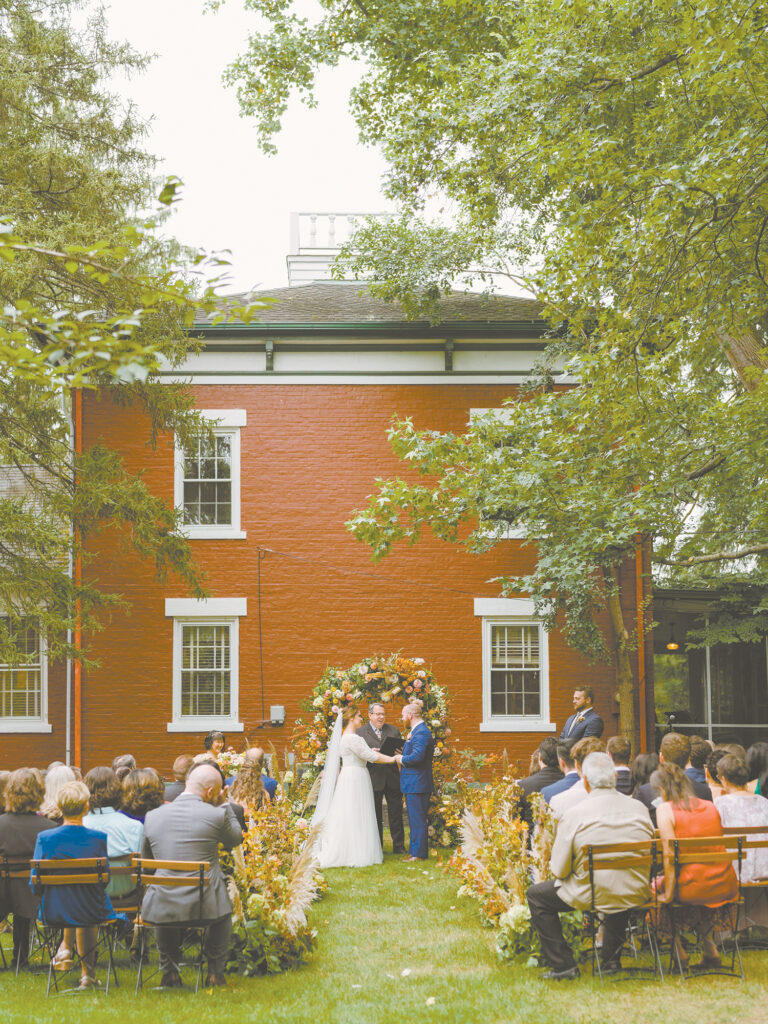
COVID-19 impact on parties, guests
Perhaps one of the most sensitive areas has been about what to require of guests.
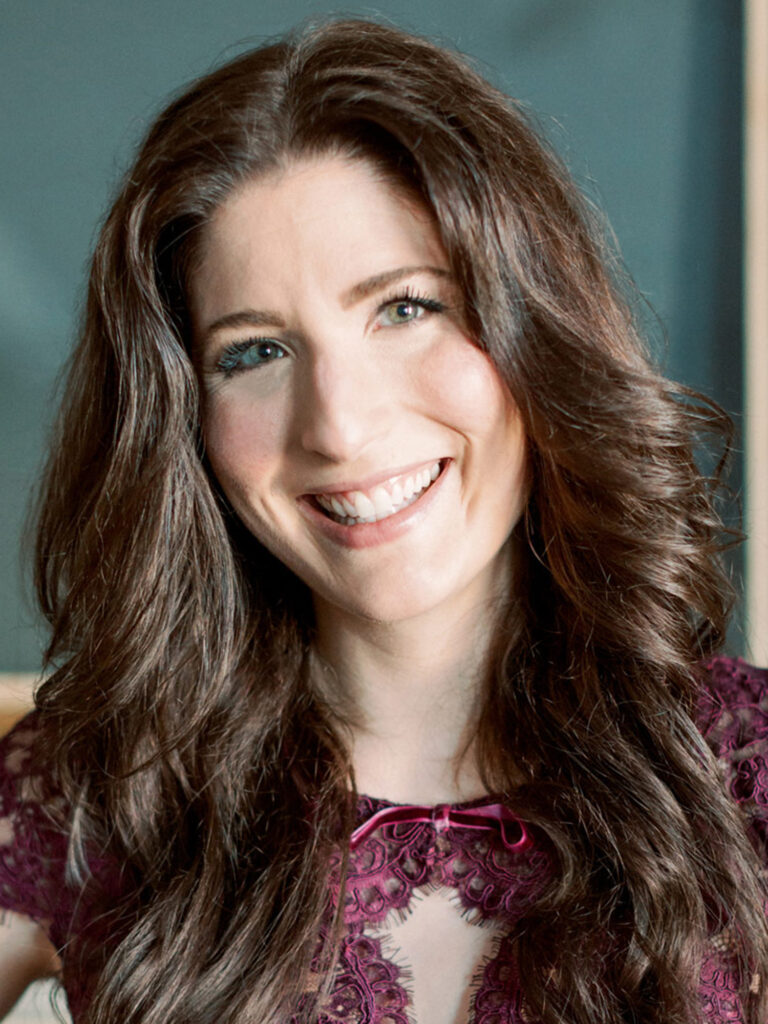
Gina Jokilehto-Schigel, owner and creative director of Shi Shi Events in Cleveland, a boutique firm that plans weddings, says different couples and families have different aims. Some have hoped to have guests that are vaccinated. Others have kept their lists deliberately small with COVID-19 in mind.
Jokilehto-Schigel says the tricky part has been “knowing your guest list well enough to know who on that guest list is vaccinated and who is not.”
She says, “The people who do have that information are in a privileged position because they can make informed decisions.”
Couples who aren’t already privy to guests’ vaccination statuses have often enclosed a separate card in their invitation envelopes with a statement such as, “Out of concern and safety for all attendees, we are requesting only vaccinated family and friends attend,” she says. That same card might also have read, “If you are unvaccinated, we hope to celebrate with you in the near future.”
While the advent of vaccines lessened some concerns and allowed events to resume, it adds a layer of new etiquette.
“Literally every facet has been ridiculously tricky,” Jokilehto-Schigel says.
Dancing, she says, has often been a deal breaker for couples.
“There were weddings that we didn’t know up until like a week before if they were going to allow dancing,” she says. “There were weddings that were moving ahead as planned when delta hit.”
When the omicron variant was first detected, “We were in a relative calm point in our season,” she adds.
Still there is uncertainty.
“Everyone wants the answers,” Jokilehto-Schigel says. “And they want surety. And that is all gone out the window. I haven’t produced a standard wedding since March of 2020. So we just keep rolling with it, and we just keep adapting. And we try our best to do the things that are safe and responsible.”
Planning for flux is about the best she hopes for at this point.
“Anyone having a wedding at this moment has to understand that there is an inherent risk, that things might go left, and that we might have to adapt plans that are in place,” Jokilehto-Schigel says. “And if you have that attitude – that if we need to adapt, it’s OK – you’re golden.”
